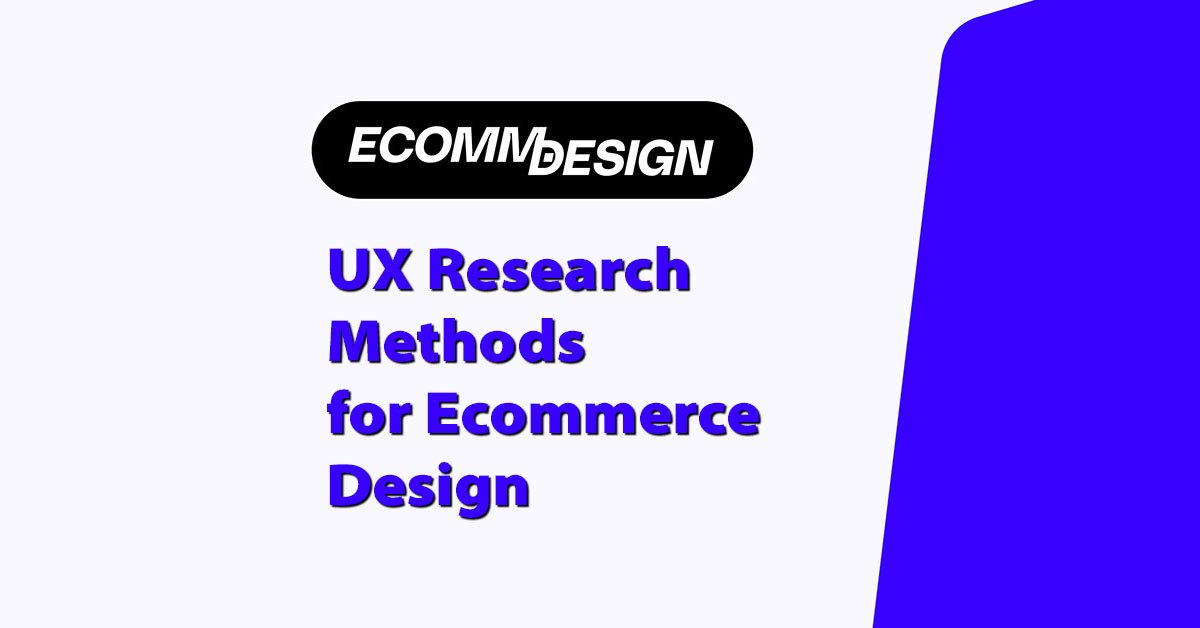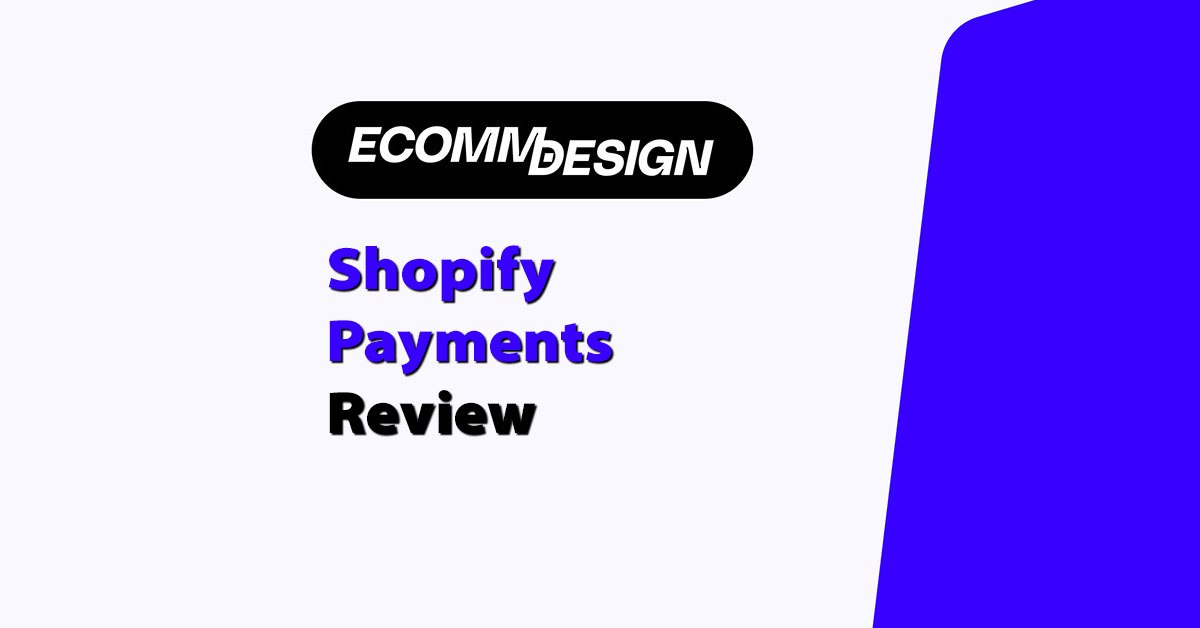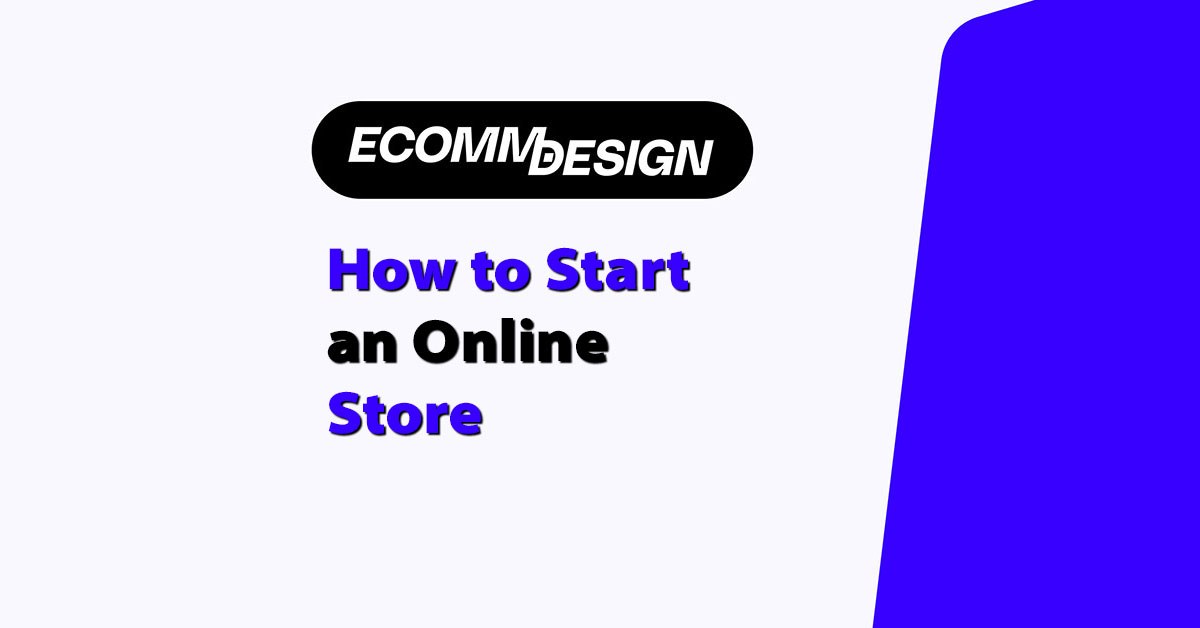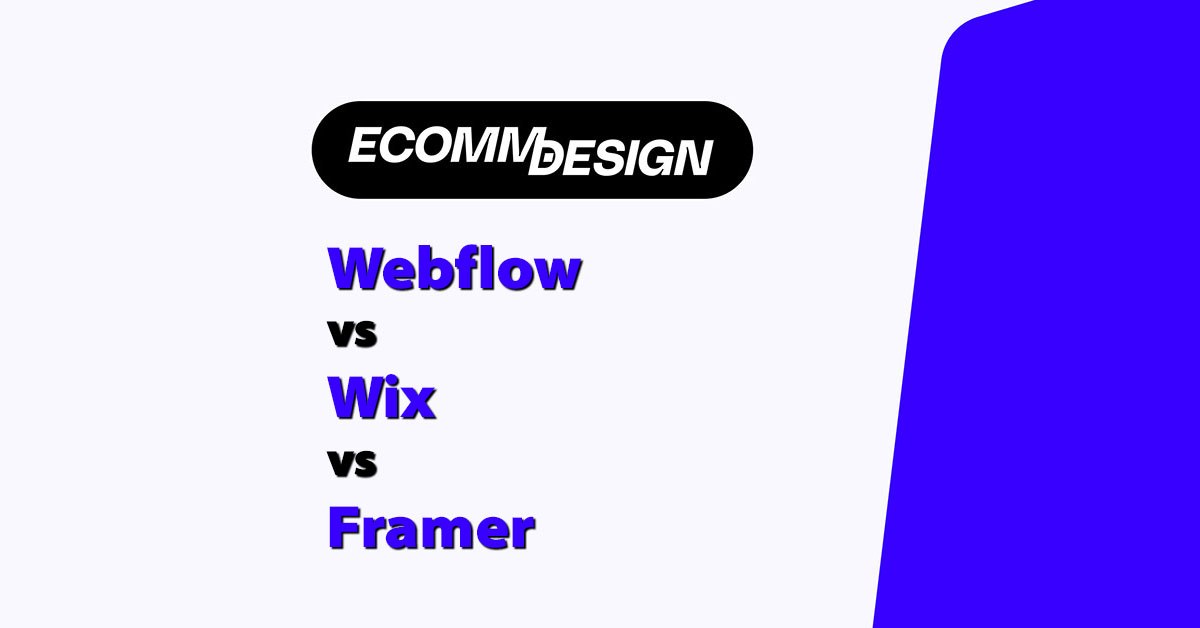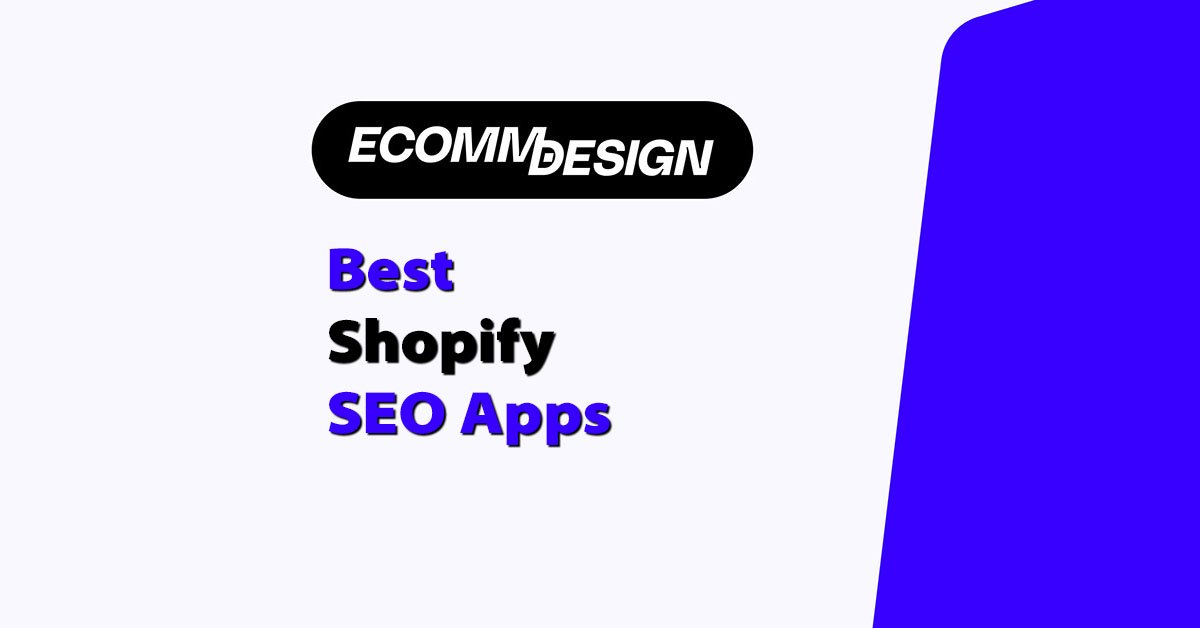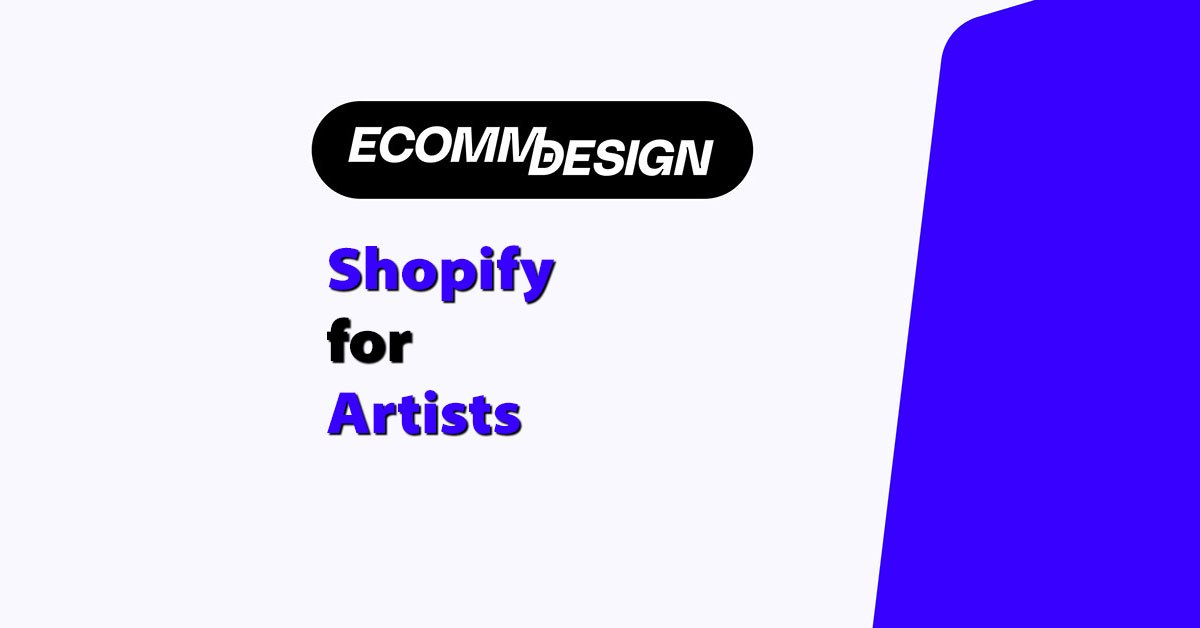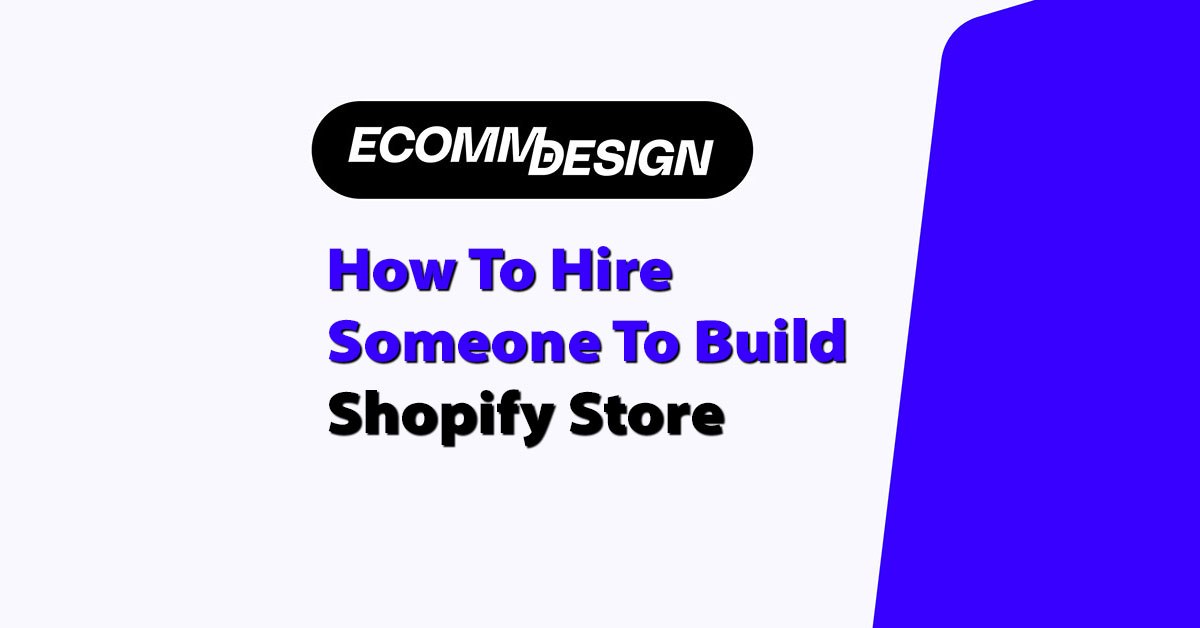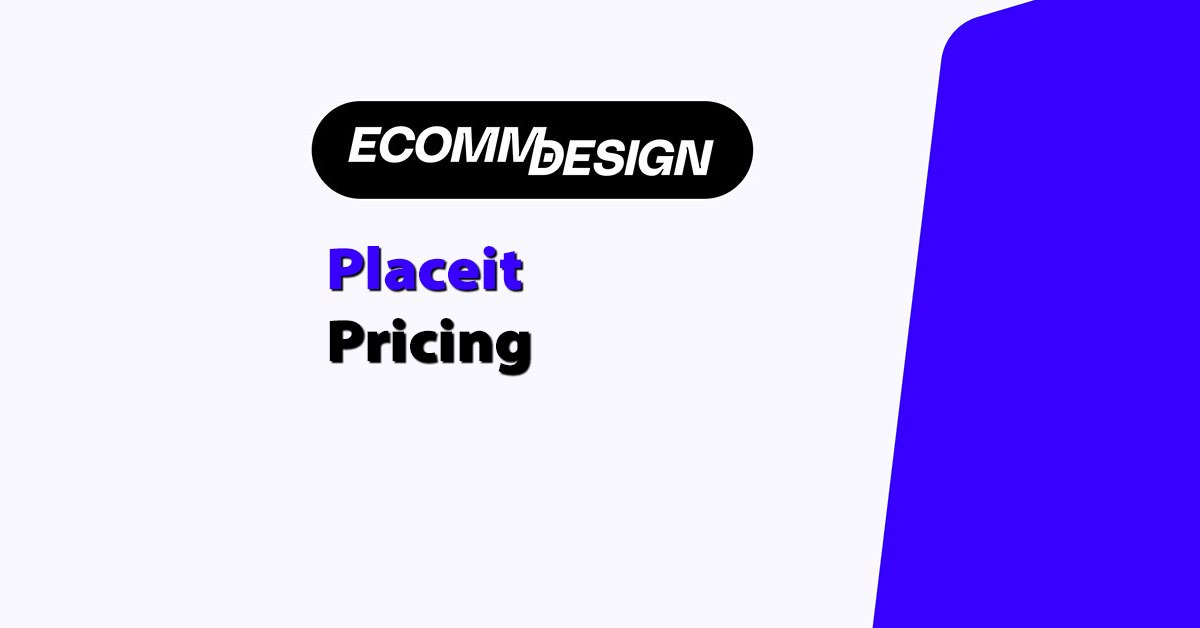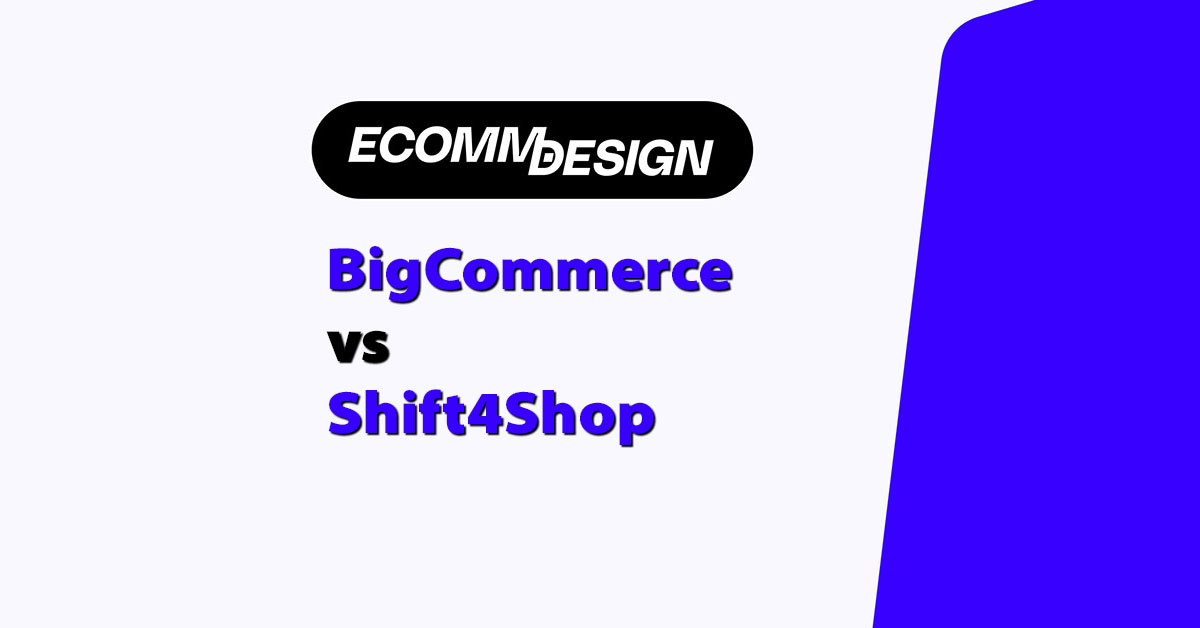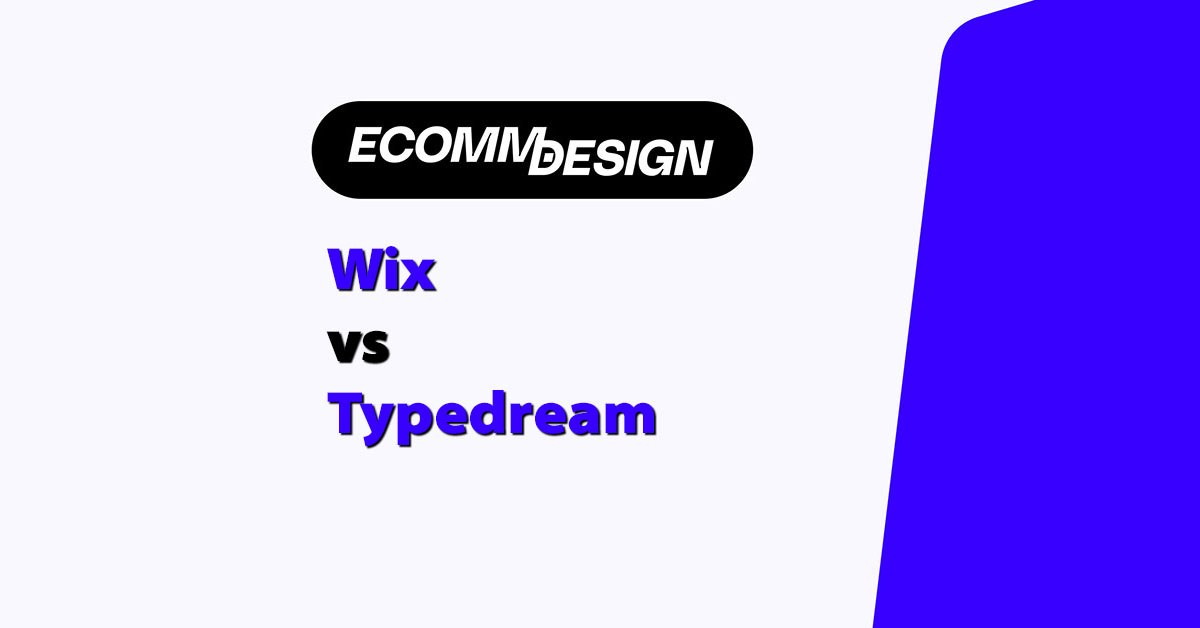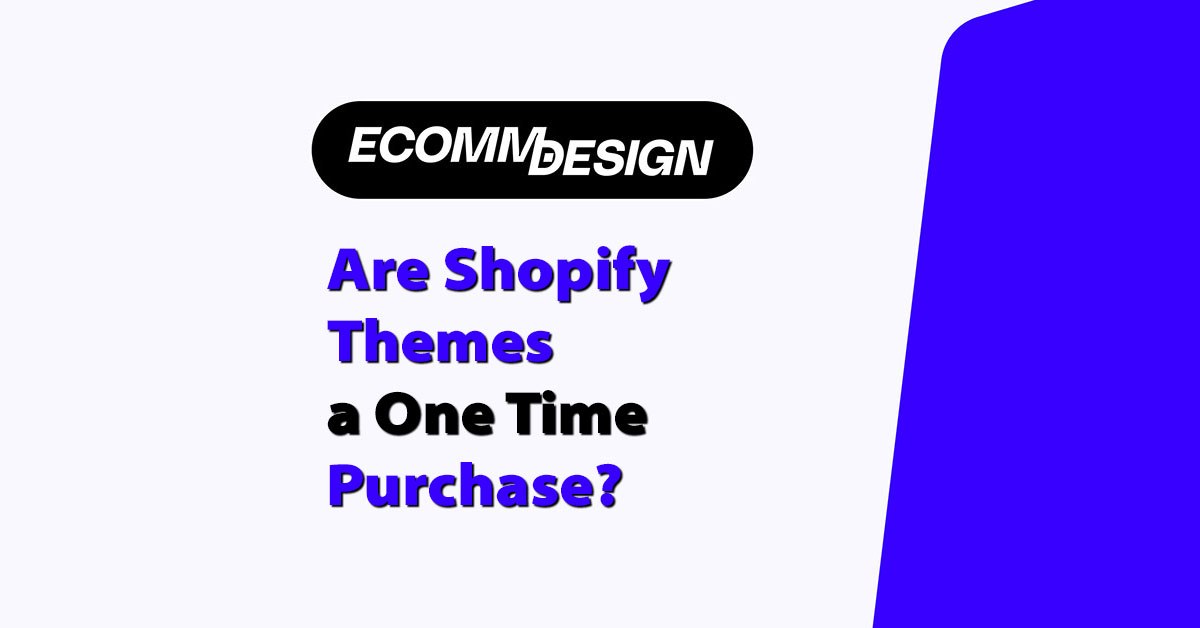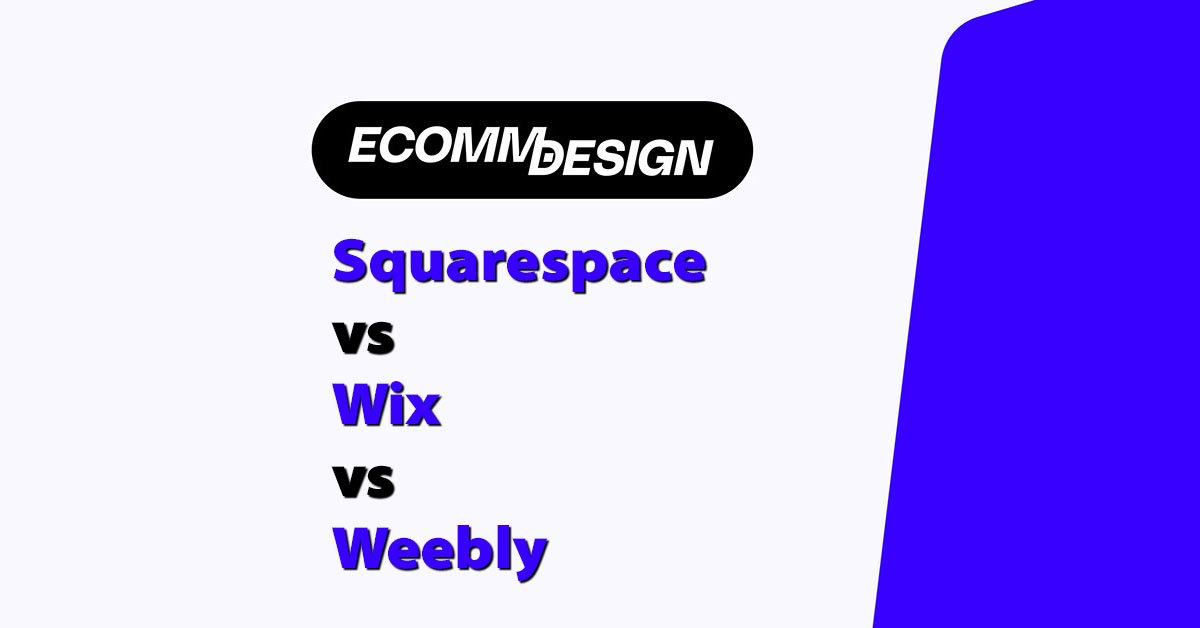
Squarespace, Wix, and Weebly are three of the most popular ecommerce website builders on the market today.
But if you’re launching an online store, which one is actually worth your time — and money?
After testing each platform and analyzing everything from pricing to sales features and design capabilities, I’ve found that Wix is the best all-rounder if you want flexibility and growth, while Squarespace is the go-to choice for stores that prioritize beautiful design.
Weebly, meanwhile, works best for beginners or simple stores with smaller needs.
